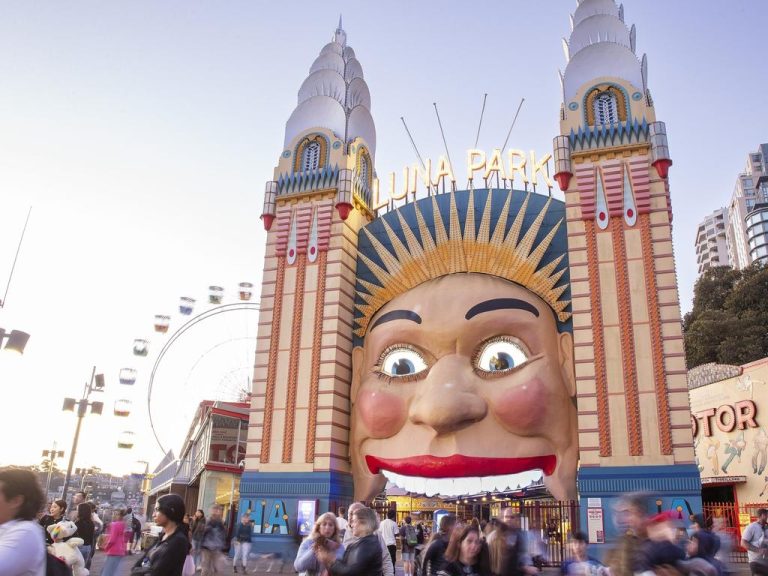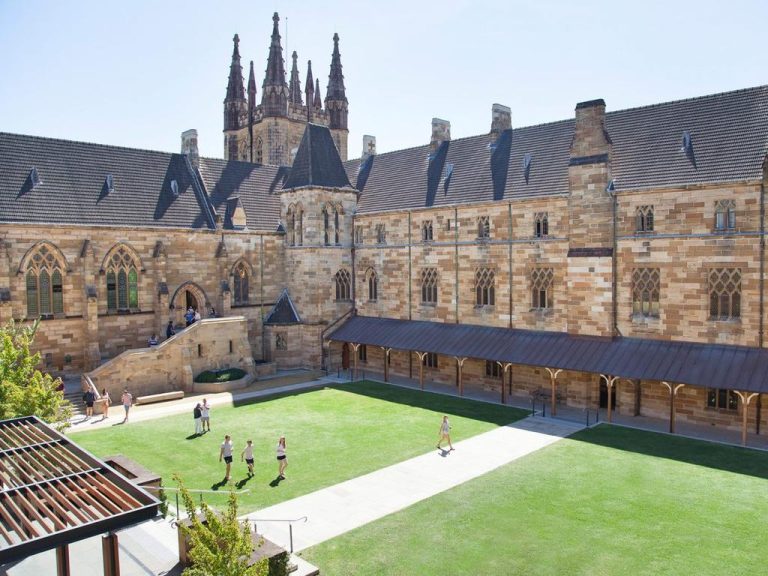Chinese investment plummets by 60%

Chinese investment in Australian commercial property tumbled by 60% to just $2.83 billion last year, according to real estate agency Cushman & Wakefield, and there are warnings it could come under pressure as mainland regulators crack down on insurance companies.
China’s insurance regulator has revealed that three domestic insurers — Ping An Life Insurance Co, China Re Asset Management Co and New China Life Insurance Co — breached foreign investment rules and ordered them to correct problems within a month.
The companies ran afoul of rules on investable countries and regions, the China Insurance Regulatory Commission said, though it did not provide details.
Commercial Insights: Subscribe to receive the latest news and updates
Global property markets are already skittish about Chinese companies, as one-time buyer HNA is dramatically disposing of key offshore holdings — including a Sydney tower — as it slashes debt.
The Hong Kong-listed arm of Dalian Wanda also offloaded its two key sites in Sydney and the Gold Coast to Yuhu Group for $1.13 billion last month.
While mainland Chinese investment has decreased, investment from Hong Kong jumped by 20% last year, rising from $918 million to $1.1 billion in 2017
The Chinese government’s temporary takeover of Anbang Insurance Group, owner of New York’s famous Waldorf Astoria, further rattled markets this month.
Ping An’s real estate arm has tie-ups with Lendlease and Mirvac on Sydney projects and it also a broader connection with funds manager QIC.
Lendlease in 2016 secured Ping An Real Estate and Mitsubishi Estate Asia as development partners for its $1.5 billion Circular Quay Tower and the project was rumoured to be set for an early start ahead of Ping An’s troubles.
Ping An and Mitsubishi have 50% and 30% interests, respectively, while Lendlease retains a 20% interest in the project. While the Australian company declined to comment, industry sources suggest that it is not likely to be hit. Ping An has two deals with Mirvac — backing its St Leonards Square development and a project in Waterloo known as The Finery.
Global property markets are already skittish about Chinese companies, as one-time buyer HNA is dramatically disposing of key offshore holdings — including a Sydney tower — as it slashes debt.
Mirvac chief investment officer Brett Draffen says the group commenced its joint venture relationship with Ping An Real Estate in 2015.
“We continue to enjoy a productive partnership through the delivery of the two large residential apartment projects in which they are invested.
“These projects are tracking well and we have no concerns about their completion by mid-2020,” he says.
QIC in 2016 signed a memorandum of understanding for strategic co-operation with the mainland group’s funds arm, Ping An Asset Management Company, to tap the rapid growth in Chinese investment capital. At the time it flagged opportunities to place Chinese capital locally but it did not respond yesterday.
Meanwhile, Chinese groups poured $1.97 billion into standing assets and $853 million into developments sites, according to Cushman & Wakefield.
While mainland Chinese investment has decreased, investment from Hong Kong jumped by 20% last year, rising from $918 million to $1.1 billion in 2017.
This is expected to increase further as mainland Chinese investors seek to reallocate capital via Hong Kong.
This article originally appeared on www.theaustralian.com.au/property.







